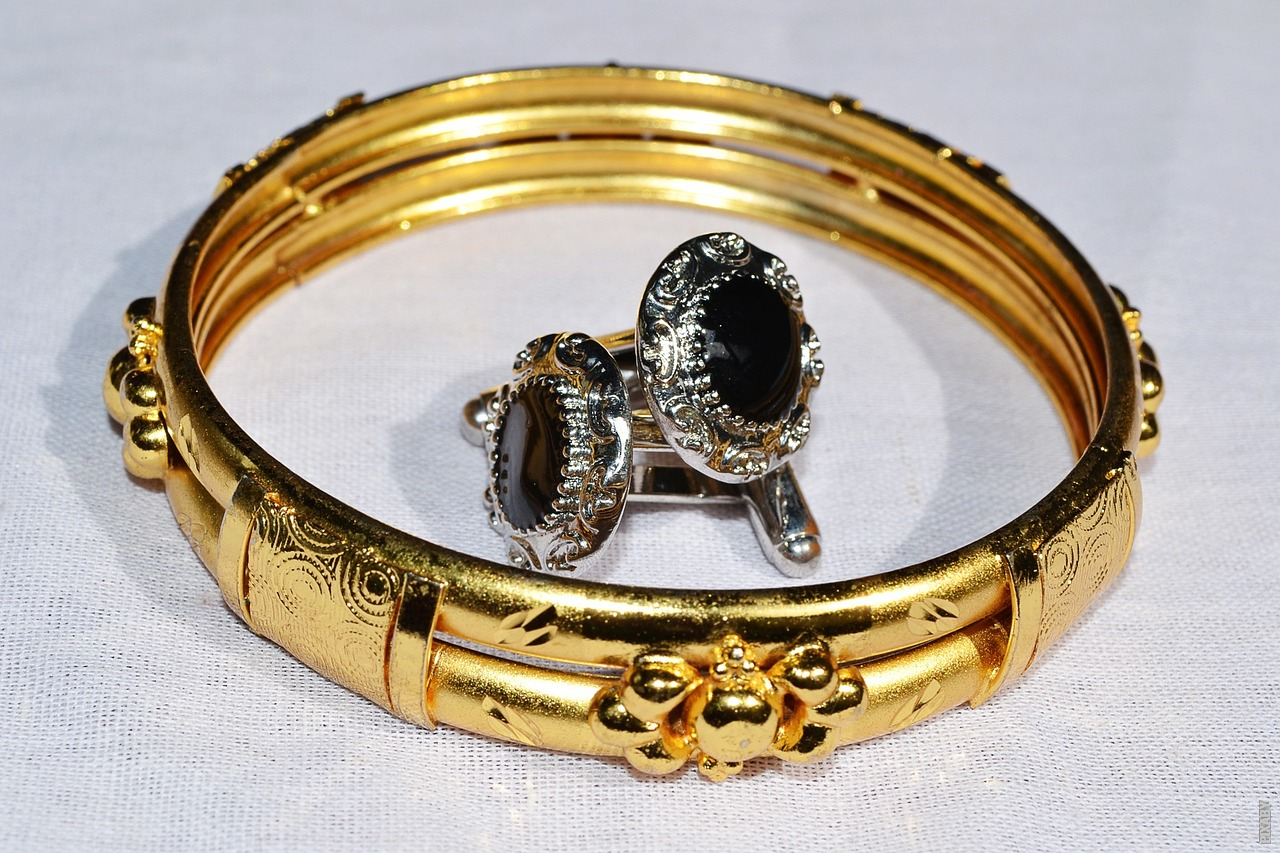The Shining Silver: A Precious Metal
Silver, a captivating and versatile element, has been cherished by humans for centuries. With its dazzling luster and numerous applications, it has captured the imagination of explorers, artists, and scientists alike. This article delves into the captivating story of silver, uncovering its properties, historical significance, and modern uses.
Properties of Silver
Silver is a chemical element with symbol Ag and atomic number 47. It is a lustrous white metal that possesses exceptional electrical and thermal conductivity. Its malleability and ductility make it ideal for crafting intricate jewelry and ornamental objects. Silver is also known for its remarkable reflectivity, making it useful in mirrors, solar panels, and telescopes.
Ancient Connections
Since ancient times, silver has held a special place in human culture. Its discovery dates back to 4000 BCE, and it quickly became a symbol of wealth and prestige. Silver coins were used as currency in many civilizations, facilitating trade and commerce. Its antimicrobial properties were recognized by ancient civilizations, who used silver containers to preserve water and food.
Silver in Art and Literature
Silver’s captivating beauty has inspired countless artists and writers throughout history. From ancient sculptures to modern jewelry, silver has been used to create breathtaking masterpieces. In literature, silver often symbolizes purity, illumination, and mystery. It has been featured in myths, folktales, and epic poems, captivating readers with its enchanting qualities.
Silver’s Modern Applications
In the modern world, silver continues to play a vital role in various industries. Its exceptional conductivity makes it crucial for electronics, with silver-coated wires and components being used in smartphones, computers, and high-tech devices. Silver nanoparticles are also utilized in medicine for their antimicrobial properties, aiding in wound healing and preventing infections.
Furthermore, silver’s reflective properties make it indispensable in photography, as it is used in film negatives and mirrors. Silver is also utilized in the automotive industry, where it is used as a catalyst in catalytic converters to reduce harmful emissions.
Post
Post
The Future of Silver
As technology continues to advance, the demand for silver is expected to rise. Its unique properties make it a valuable resource for renewable energy technologies, such as solar panels and batteries. Additionally, ongoing research explores the potential of silver nanoparticles in cancer treatment and water purification. The future holds endless possibilities for silver, as scientists and innovators uncover new applications for this mesmerizing element.
In conclusion, silver’s captivating attributes have made it a cherished element throughout history. From its ancient use as a currency to its modern applications in various industries, silver continues to shine brightly. Its remarkable properties and timeless beauty have left an indelible mark on human culture, making it a truly precious metal.



